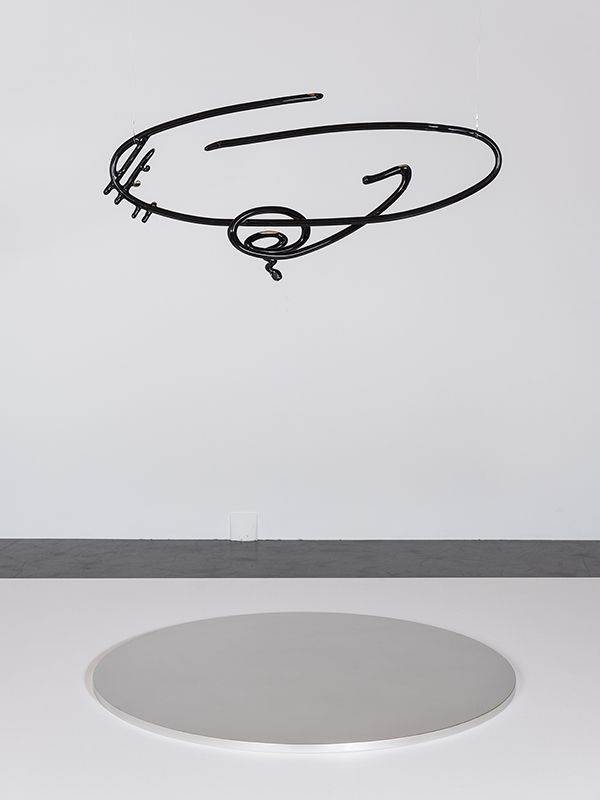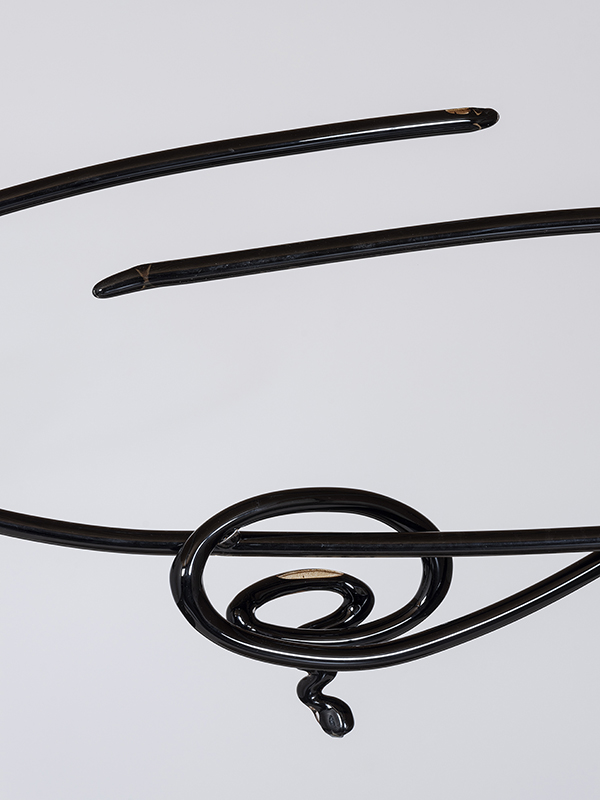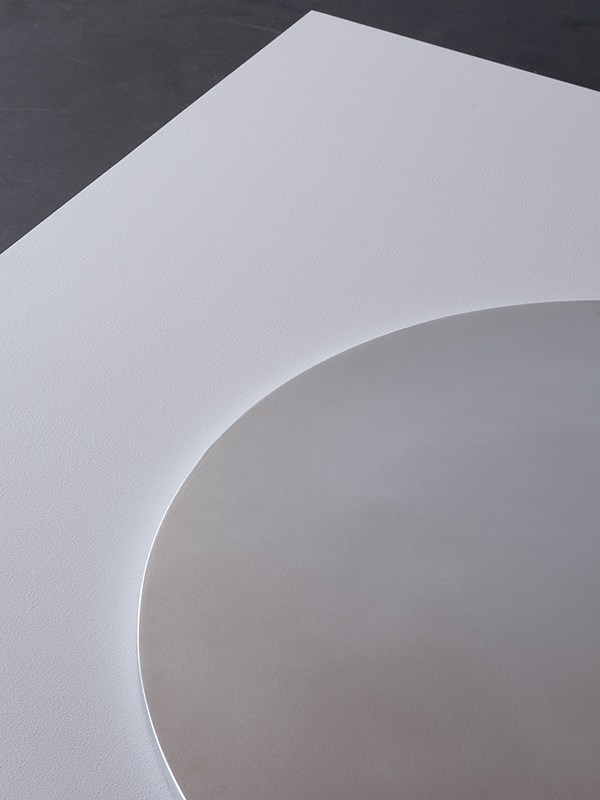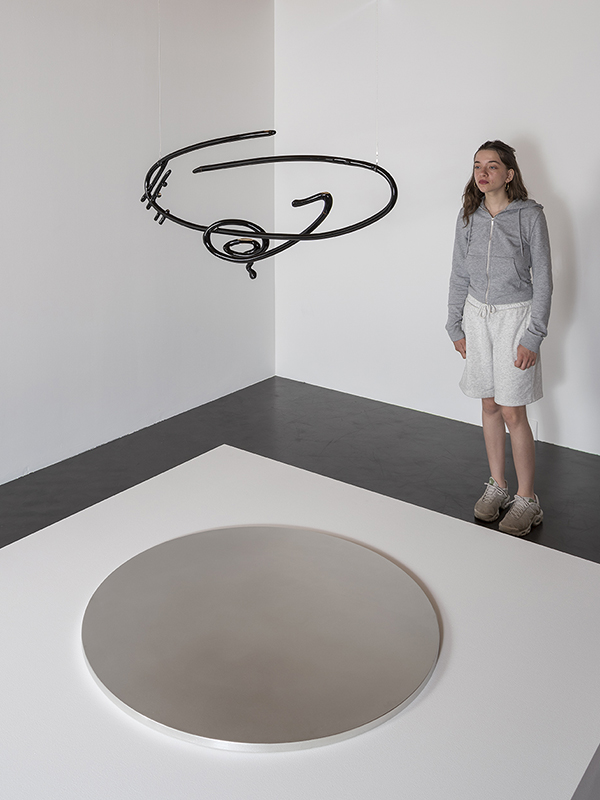My searches on heliography led me to take a closer look at the process developed by Niépce to produce Le point de vue du Gras (1827). This image was produced on a polished tin plate coated with Judean bitumen, a natural tar known since Antiquity as a binder. Niépce's process relies on the hardening of Judean bitumen when exposed to light. However, this hardening is only apparent, as bitumen is actually some kind of pitch.
The Pitch Drop Experiment, believed to be the longest-running scientific laboratory experiment, was initiated in 1927 at the University of Queensland (Australia) by Professor Thomas Parnell, with the aim of demonstrating that this substance, that appears solid at room temperature, is in fact viscous. In this ongoing experiment, pitch was placed in solid form into a a sealed funnel. After three years, the seal was cut, allowing the pitch to flow. It flew actually very slowly, at a rate of nearly one drop per decade. Nine drops have fallen to date, but nobody has ever witnessed them falling. Today, this "cult" experiment is available on line via live streaming on a web page consulted by a hundred thousand Internet users every year.
This experiment strikes me as highly interesting, because it brings us into the presence of a rare event - as insignificant as it may be - which requires ongoing attention to be observed. It reminds us that time is intangible - even for physicians - and shakes up our certainties by demonstrating that matter can exist between two states, both solid and liquid, just as we can be both present through the body and absent through the mind, or vice versa.
The work Failogram brings into play the materials used by Niépce in the heliogravure process, while calling on the pitch drop experiment. The idea is to place the viewer face to face with a phenomenon that may occur - or not - and to invite him or her to witness a time-related experience, like a kind of hourglass running in slow motion, a way of relativizing one's presence here and now in a dilated time scale.
The sculpture is made of tubular glass and features a graphic design characteristic of Niépce's signature [...], curiously reminiscent of a phylactery - in a slightly pop vein. It is also reminiscent of the chat bubbles we use to exchange messages on our phones, whose raison d'être is to represent sound in a written medium, and to compensate by its presence for the absence of body language. Our smartphones and tablets also contain tin, which is used in the soldering of electronic components and screens. Finally, it should be noted that bitumen of Judea is a photopolymer and that the process invented by Niépce is the very foundation of today's semiconductor and integrated circuit manufacturing processes, which also require UV-sensitive masking resins for etching components.
I went through all Niépce's correspondence to choose his most beautiful signature. A few weeks later, I realized that I had taken it from his very last letter, addressed to his son Isidore, on the eve of his death, July 5, 1833. So incoherent do the words in this letter seem, that one historian concluded in 1920 that Niépce had died of an apoplectic fit. But it was later discovered that Niépce was subtly alluding to a performance of the opera Robert le Diable. His missive ends with the words "Adieu, recevez tous nos bien tendres embrassements" ("Farewell, receive all our tender embraces") with his signature, wrapped in the form used in my sculpture; this is the very last trace he left to the world before departing.



